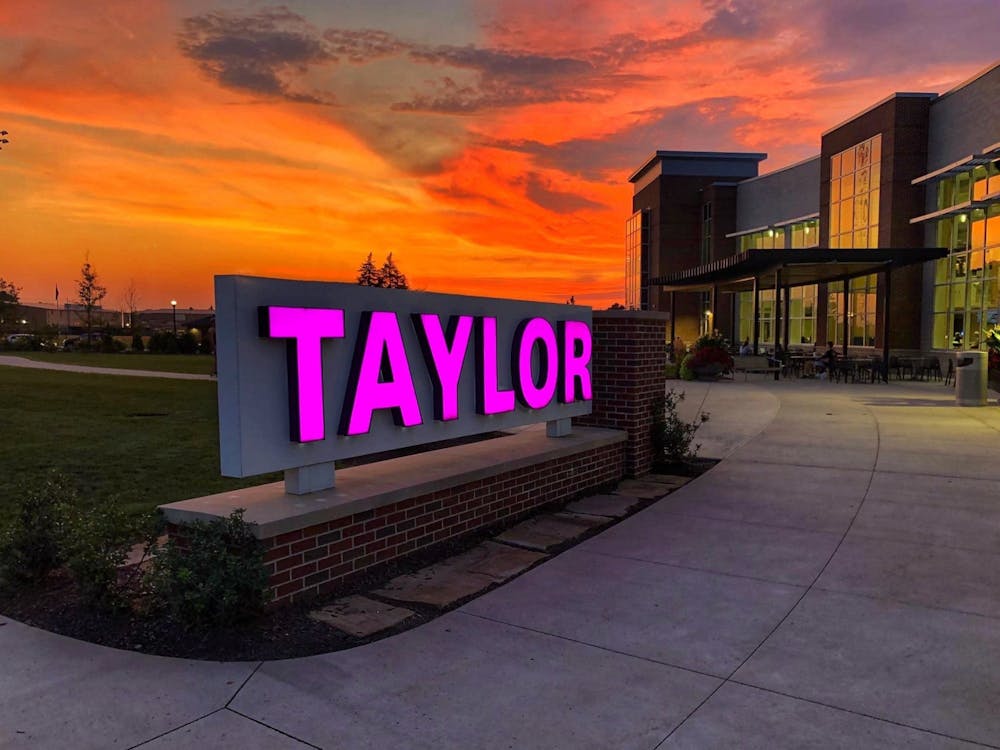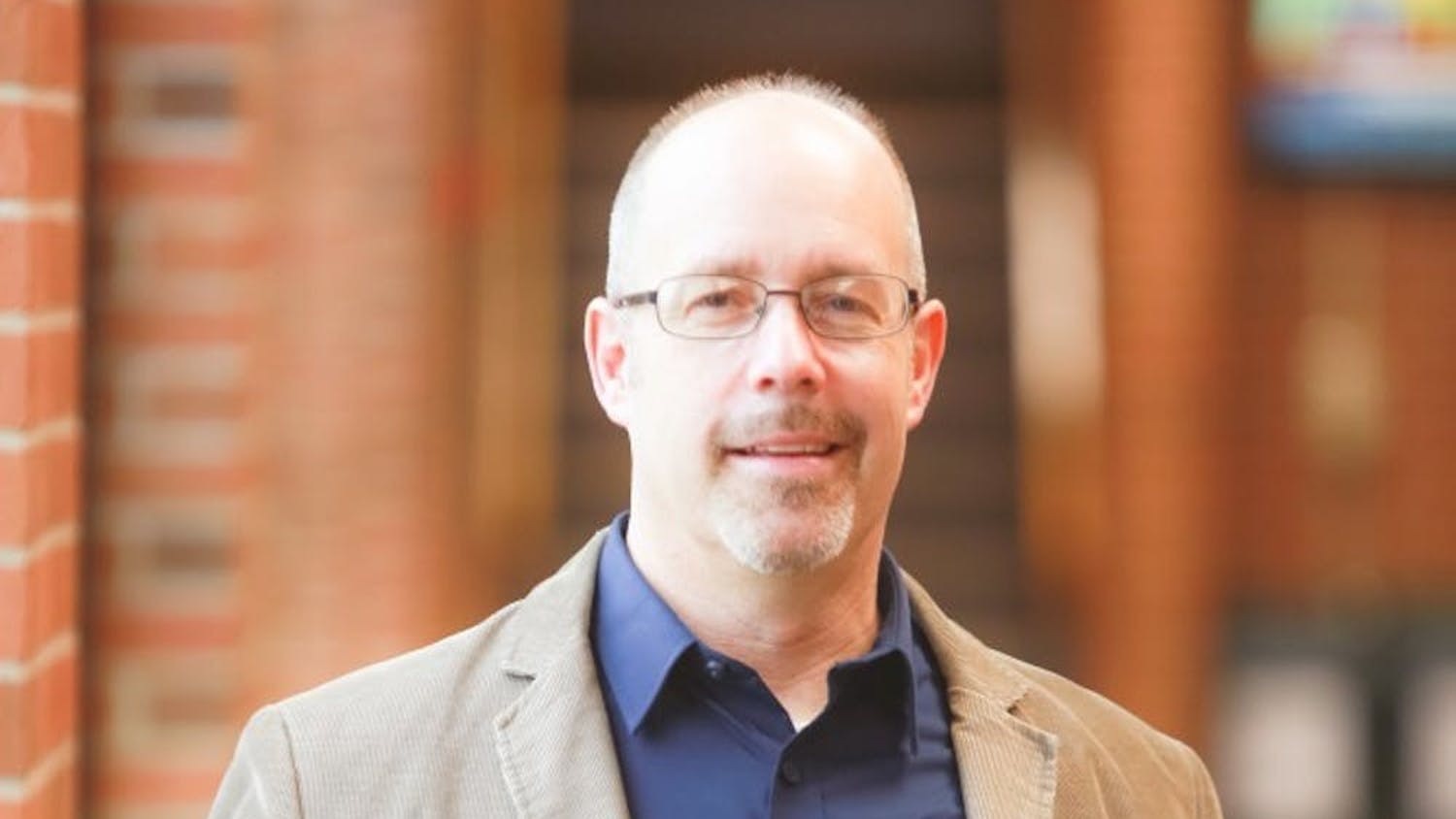Taylor no longer distinguishes between the school of natural and applied sciences or school of arts, biblical studies and humanities when referring to departmental alignments. Now, Taylor’s departments have been unified as one whole faculty.
The decision to transition away from departmental schools provided a different way for Taylor to handle its resources and administrative management of its programs moving forward.
“What we hope is that by coming back to this idea of one faculty, it creates more opportunities for interdisciplinary programs and it gives us more cooperation between different departments or among the faculty as a whole,” Provost Michael Hammond said. “And it's not that the schools were so rigid that you couldn’t do that, because we have had good interdisciplinary (interaction), but the idea to build camaraderie together.”
Like most colleges, Taylor has fluctuated in the way it groups departments since it was founded in 1846. Some of these configurations have included divisions instead of departments, differing numbers of schools and this whole-faculty model. This whole-faculty decision brings back how Taylor has been structured for much of its history.
Hammond said that about a decade ago, Taylor began adhering to a three-school system: humanities arts and biblical studies (HABS), social sciences, education and business (SSEB) and school of natural and applied sciences (SNAS). The new approach does away with this language entirely but keeps most structures for deans, department chairs and students’ majors intact.
Dean of Humanities, Arts and Biblical Studies Tom Jones and Dean of the School of Natural and Applied Sciences Grace Miller will continue their responsibilities in this new structure.
“The decision was discussed by the deans and provost over several months and the provost also met with the chairs,” Miller said. “There was careful and thoughtful consideration for this change.”
Ultimately, the effect on students is minimal, reflected mostly in shifting some majors to different departments.
For example, the sports management program moved from exercise science and kinesiology to the business department because of how the major’s curriculum aligns with business classes.
The modern languages program is now merged with English to become the English and modern languages department. The environmental science, sustainability and public health programs are now a part of the biology department.
“Department chairs continue to provide critical leadership for each department and engage in collaboration with their academic dean,” Jones said. “The move away from schools did not result in any significant change in the role that department chairs play or the engagement of department faculty in developing engaging, innovative delivery of curricula for their majors, minors, and programs.”
Hammond said this structure may change in the future, but as of now, it enables Taylor to use its resources well. He is hopeful that it will also encourage more cross-disciplinary teamwork.





